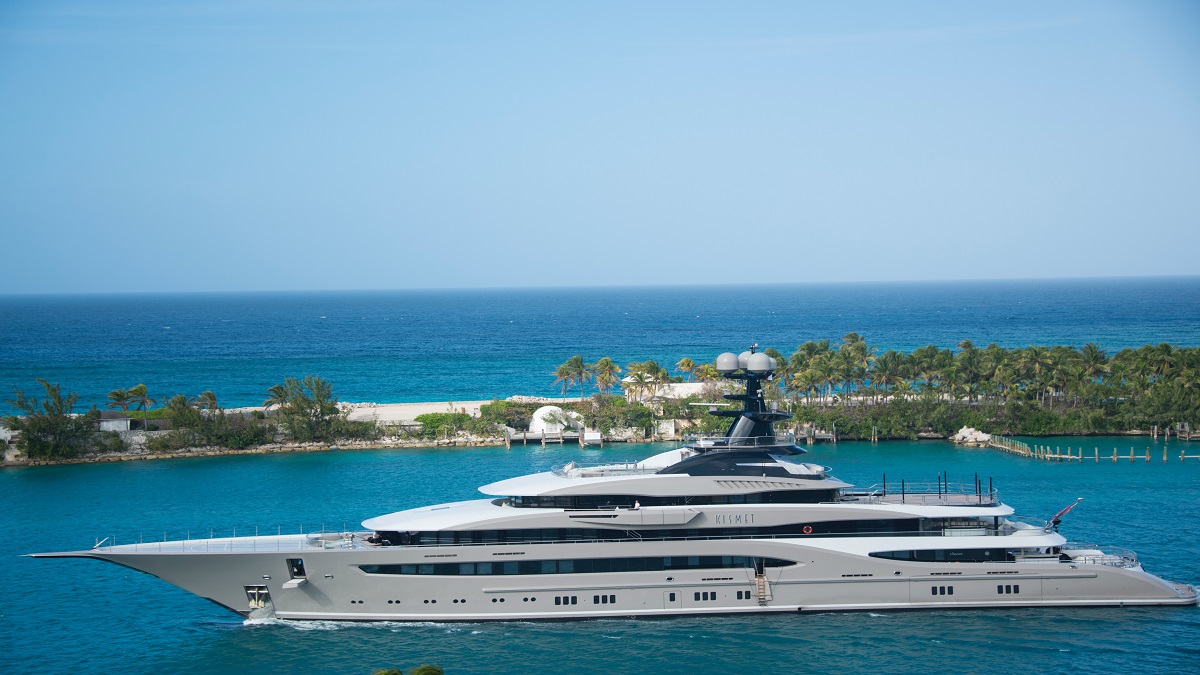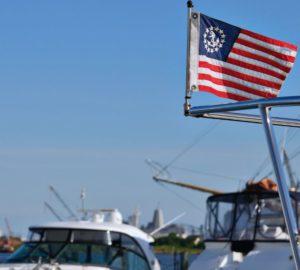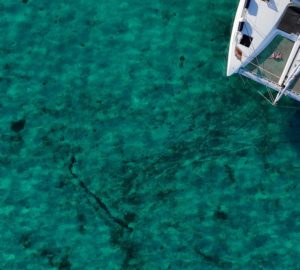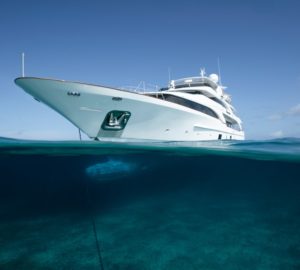Modern yachts and superyachts have high tech, powerful stabilizers that reduce up to 90% of the roll from waves and weather. They are complex, and can be expensive, but do they make sense for your yacht? If you’re considering a refit or a new yacht, take a closer look to see if this valuable upgrade is a good fit.
What are yacht stabilizers?
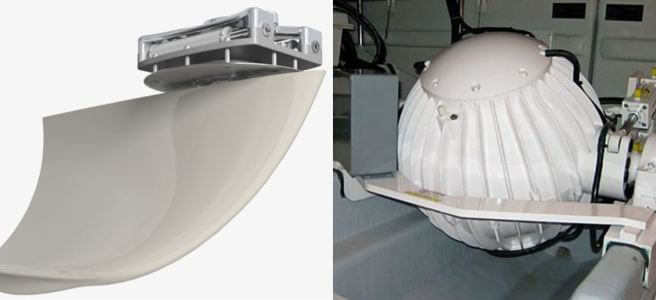
Yacht stabilizers are mechanisms to reduce the roll and pitch on a vessel moving at sea or at anchor. The first stabilizers were almost exclusively used on larger vessels and passenger ships, but new advances in the technology bring stabilization to much smaller vessels. They rarely build modern yachts and superyachts without them.
Yacht stabilizers have revolutionized shipboard life. They increase comfort dramatically, improve safety, expand cruising grounds, and can even help decrease fuel consumption. They’re best if designed into a vessel, but any yacht undergoing a refit is a candidate for adding stabilizers.
The Challenges of Stabilization
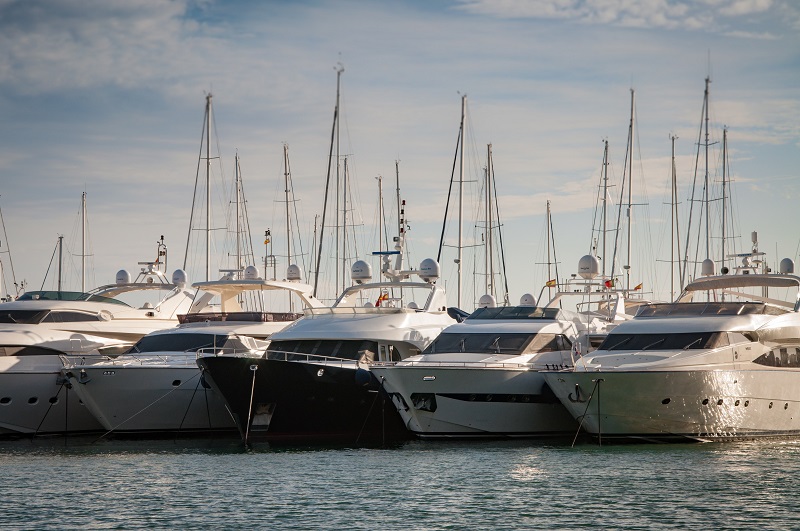
The seas are often unpredictable, and rolling and pitching motions cause seasickness and discomfort. But fixing the problem when the boat is at anchor is a distinct challenge from keeping it flat and comfortable moving through the waves.
When stabilizing a yacht, you don’t want to harm the yacht’s performance. Loss of speed, excessive drag, wasted fuel, and other added operating costs are all undesirable possibilities from the easiest stabilization techniques.
And a boat in motion has very different considerations than one at anchor. The motion through the water can generate stabilizing lift with a fin, but at anchor, that solution isn’t available. Finding one integral solution that stabilizes the boat in all conditions is the goal.
How do yacht stabilizers work?
Active systems require power and include gyroscopic stabilizers and fin-style systems. Fin-type stabilizers also break down into two very different approaches to solving the problem of stability under way and at anchor.
There are two primary types of stabilizing systems on yachts and boats – active and passive. Passive stabilization needs no separate power source or control systems. Bilge keels, rolling tanks, moving weight systems and hull form choices are all ways to reduce roll without extra energy and are common on large ships.
Passive Stabilization
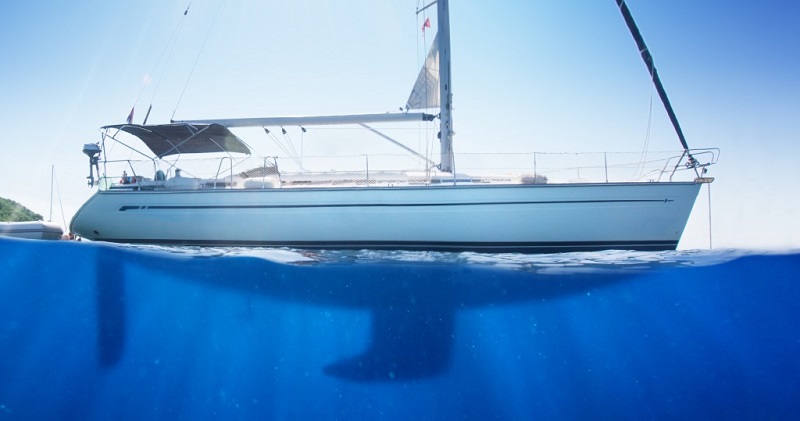
Bilge keels are fins on each side of a ship’s hull, which causes turbulence which dampens rolling motion. Passive tanks installed against the skin of the hull will offset rolling and motion as the water shifts with the vessel’s movement. Larger fixed fins and rolling weights can fill a similar function without the cost and complexity of active systems.
Passive systems may be designed into yachts, but they are much more common on commercial shipping. Where passenger comfort is crucial, active stabilization is almost always the better choice.
Gyroscopic Stabilizers
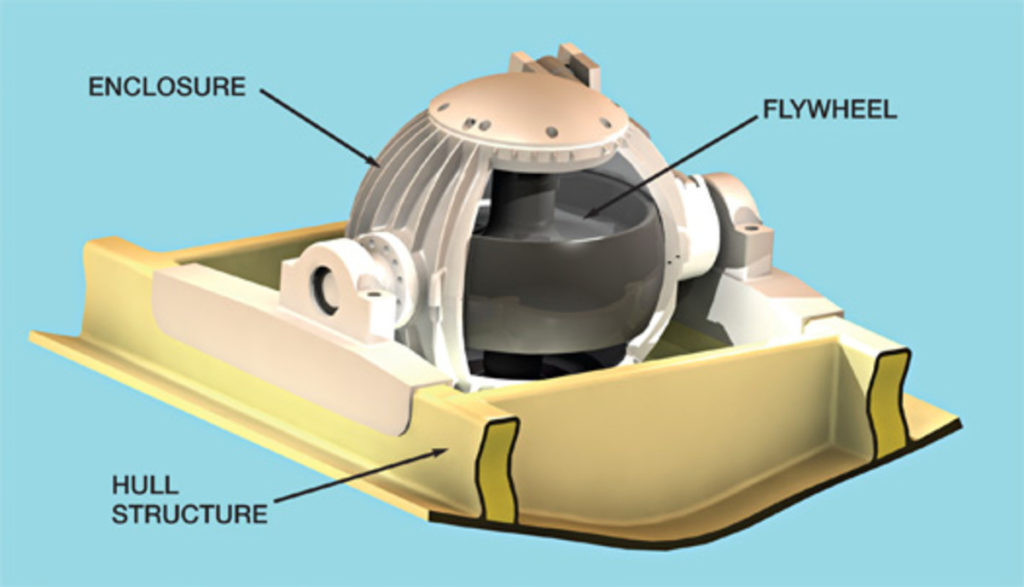
Gyroscopes resist motion, and have been used in everything from torpedoes and airplanes to spacecraft and the Hubble telescope to ensure level, stable motion and movement tracking.
A gyroscope is a heavy weight spinning rapidly on an axis. The spinning motion of the gyroscope resists forces that tilts it on the rotating axis. This effect is called precession, which results in a force at right angles to the attempt to tilt it.
A gyroscopic stabilizer on a boat works by using precession to resist the rolling motion from the waves. It automatically and with external no control pushes back on rolling motion and reduces the roll of the boat.
Gyro-stabilization is now available for boats as small as 10 meters. It is easy to retrofit and requires no changes in the hull. The only requirements are a space to install the stabilizer and power to keep the gyroscope spinning.
Fin Stabilizers
A fin traveling through the water generates a lifting force, like an airplane wing through the air ,the flow of water over a curved surface generates lift. This can stabilize a boat as it moves through the water. It’s not as simple as installing a pair of fins on the side of a hull, though that can help. You don’t want lift on both sides of the boat at once, and you don’t always need the same amount of lift.
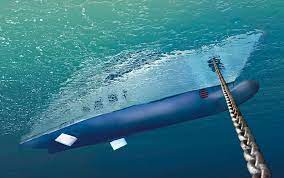
Note that “lift” doesn’t always mean up, it just refers to the direction of force generated by a fin. Lift holding a side of the boat down in a rising wave is as important as a lift to keep it from rolling down in a trough.
Modern fin stabilizers move and adjust to the conditions to keep the yacht flat and steady. They are computer controlled, and change pitch, angle of attack, and even surface area to get the correct amount of lift.
At anchor, there’s a problem – the boat isn’t moving, so there is no water flowing over the fins to generate lift. The solution is to move the fins, and at anchor, fin stabilizers are constantly in back-and-forth motion to counteract roll.
Magnus Effect Stabilizers
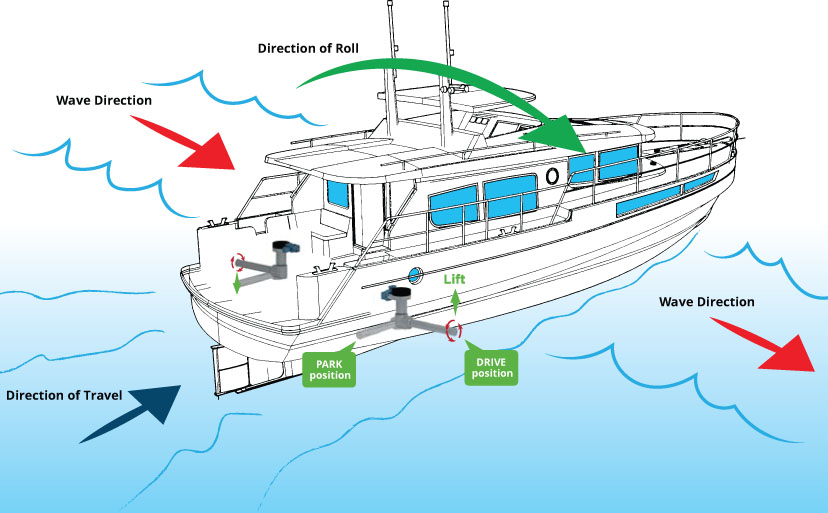
If you’ve ever sliced a golf ball into the woods or tried to hit a curveball, then you’ve seen the “Magnus Effect.” An object spinning in a fluid (like air or water) generates lift based on its motion. This spin causes the golf ball to hook or slice, and let’s a pitcher put that drop on the ball.
While Magnus effect stabilizers share similarities with fin stabilizers, instead of a fin, they have a rotating cylindrical arm. This can create upwards or downwards lift by reversing spin as needed by the computer controlled system.
At anchor, Magnus lift stabilizers also sweep back and forth and reverse directions to achieve stability.
The benefits of a stabilizers system on a yacht
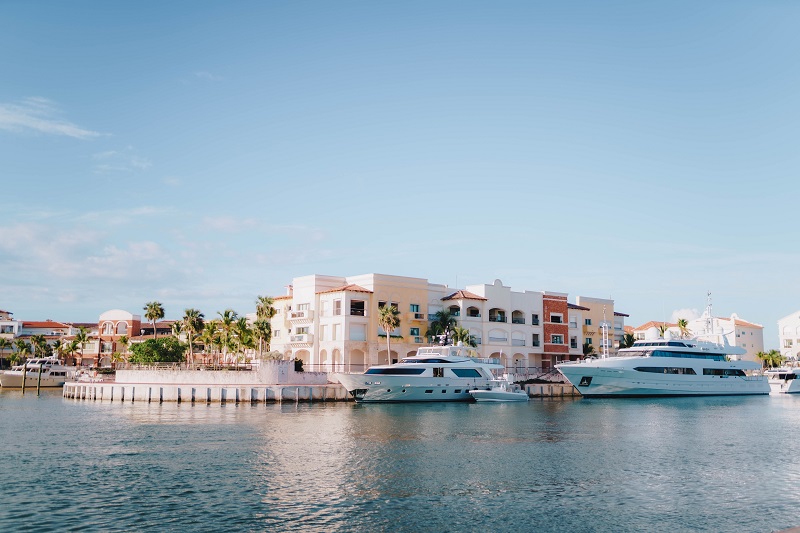
There’s a reason almost every good sized yacht built today has a stabilization system. They give a marked improvement to the quality of life on board, and make for far better yachting experiences.
Your yacht is more comfortable
Seasickness will ruin any trip, and discomfort on the water keeps too many people away from boats. A stabilized yacht is a comfortable yacht. You can dine at a table with China and crystal because your dinner will not roll and slide, and you and your guests will rest, relax, and sleep in comfort.
With a stable yacht, you can explore more places and spend more time on board. Travel and motion between ports is more sea-kindly, too, so passengers and crew need not worry about motion sickness even when the boat is moving.
Improved safety
A flat, stable yacht is safer. Passengers and guests are less likely to slip and fall, and they can use all the yacht’s amenities without that constant danger. Glasses, plates and heavy objects won’t slide around and fall and break.
And it’s much safer for your hard-working crew, who may cook with hot equipment or carry food and gear without spare hands to keep themselves upright.
Better Range of Operating Conditions
While there will always be weather which is dangerous and keeps yachts at the dock, you won’t hear “it’s too rough to go out” as often. A responsible captain will never compromise safety, but with stabilizers, passenger and crew comfort allows a yacht to go out when the weather is nice but conditions could be uncomfortable without stability control.
You’ll get more use out of your yacht, and you and your guests will be more comfortable.
Stabilized yachts may save fuel
Before stabilizers, yachts often sailed much longer routes to keep a sea-kindly motion. Stabilizers give the captain options to travel more direct routes despite less favorable sea states, saving you time and money.
Read also: RENT TO OWN YACHTS: SHOULD YOU DO IT? BOAT LEASING EXPLAINED
Are there any drawbacks to stabilizers?
Any complex system will be expensive to install and require maintenance, and there’s always a risk of breakdowns. It’s one more system with periodic costs and a maintenance schedule for the crew.
Stabilizing systems are running almost constantly if there is any swell or roll, and that can consume lots of power. And the machinery can make noise, though designers take great care to insulate and isolate the motors and rams for sound.
Fins and rotors are also at risk for damage when extended, though most retract when not in use.
Do all yachts use stabilizers?
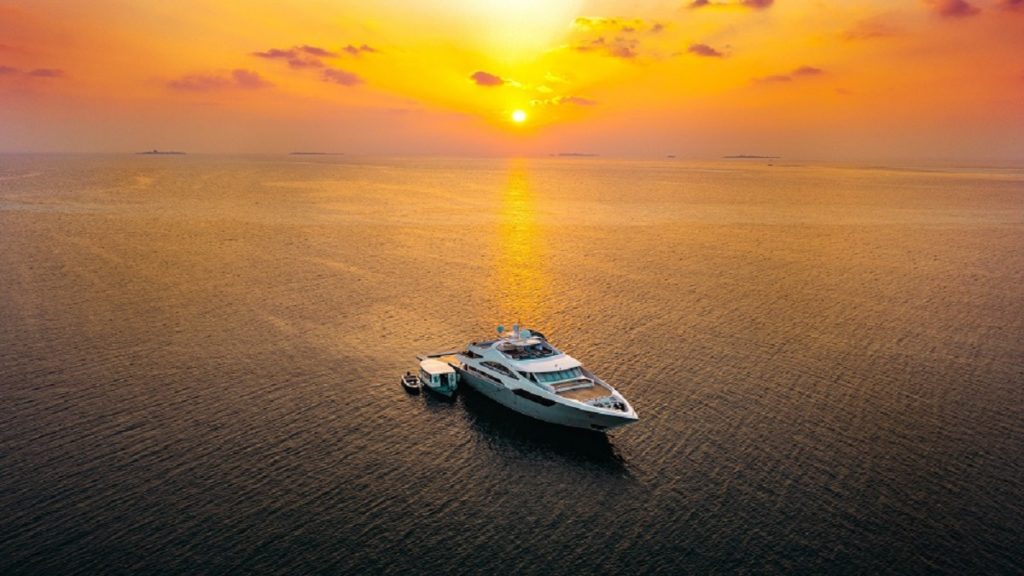
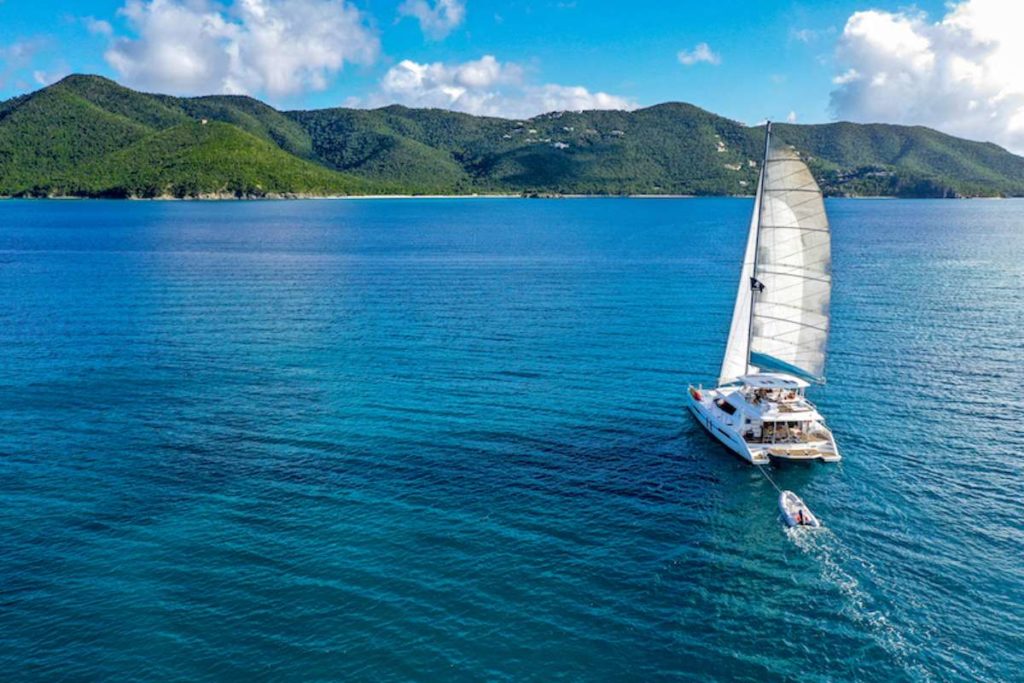
Not all yachts have stabilizers. But most motor yachts being built today include them, because they are such a ground-breaking improvement in yacht comfort and usability.
Most commercial ships use stabilizers
Even when crew and passenger comfort isn’t a priority, keeping cargo and payloads in one place is. Tankers and freighters take advantage of much stabilization to keep loads from shifting and liquid cargo from sloshing around. Passive systems are more common, and stability is designed into the hull.
Cruise ships and passenger vessels were some of the earliest adopters of active stabilization.
Many super yachts use stabilizers
Most new super yachts are built with stabilizers, and stabilizers are a common refit for older yachts without them. Good stabilization is the de facto standard now for yacht performance, and yachts without stabilizers may be difficult to sell.
Read also: Yacht Deliveries: What to Know
How much does it cost to install stabilizers on your yacht?
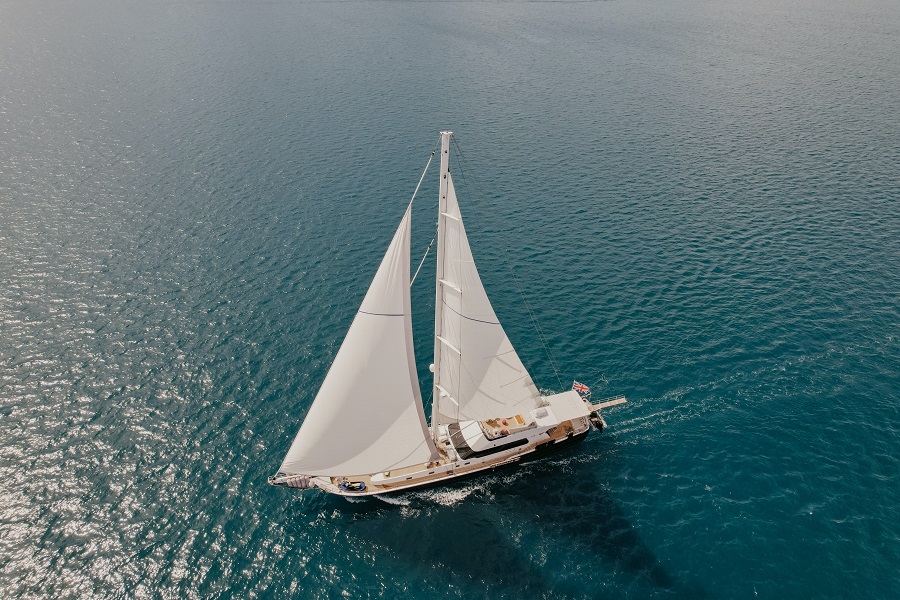
Installing stabilizers on a new yacht is much more reasonable than retrofitting them. With new builds, stabilizers are wired as they build the yacht, power requirements factor in stability systems, and the design affords space for the mechanical systems. On a refit, re-wiring adds expense, and finding internal space for the optimal installation position can be problematic.
Installing stabilizers on a yacht doesn’t come cheap
Exact costs are difficult to provide, since every installation is different. One vendor stated machinery costs for a 55 footer at about $65,000 USD, and $130,000 for a 130 foot vessel. But that is just the parts. The labor will vary widely based on the yacht being refitted. Smaller yachts may also need a generator upgrade to provide enough power to the new system.
The best option is to order them with a new vessel, but if you’re considering an upgrade, be sure to find a yard with experience retrofitting the system of your choice.
A stabilized yacht may have more value
Most modern yachts include stabilizers, and many older yachts added them during a refit. When considering your boat’s resale, with stabilization, it will compare favorably to similar yachts without stability systems. There’s no direct correlation to a value increase after a refit, but as stabilization becomes more ubiquitous, boats without systems may be more difficult to sell.
What happens when a yacht stabilizer malfunctions?
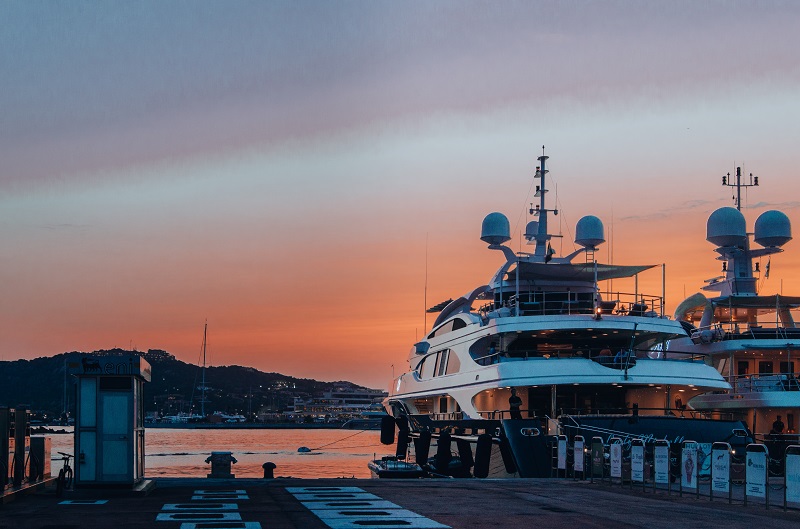
An unexpected stabilizer malfunction can be dangerous and disruptive if the yacht is caught in unpleasant conditions. Even at anchor, serious swells can cause sharp rolling and difficulty on board.
Yacht crew used to functioning in a stabilized environment may not be prepared for a sudden stability loss, and unsecured items in cabins, galleys, and other areas can lead to breakage and messes, and injuries if roll becomes too pronounced.
With training and preparation, a stabilizer failure won’t be a disaster. But if it happens at the wrong time, it can be a challenge.
Should you install a stabilizer system if you don’t have one?
If you want more comfort, more use of your boat, and a better experience and you have the refit budget to make it happen, a stabilizer can be a game-changing upgrade. Those who have owned stabilized yachts swear they’re never having a yacht without it again.
It’s not a cheap or easy refit, but you own your yacht because you enjoy being on it. Stabilizers make that time much better and also give you more of it.
Read also: WHAT IS THE BEST COUNTRY TO REGISTER YOUR YACHT OFFSHORE?

